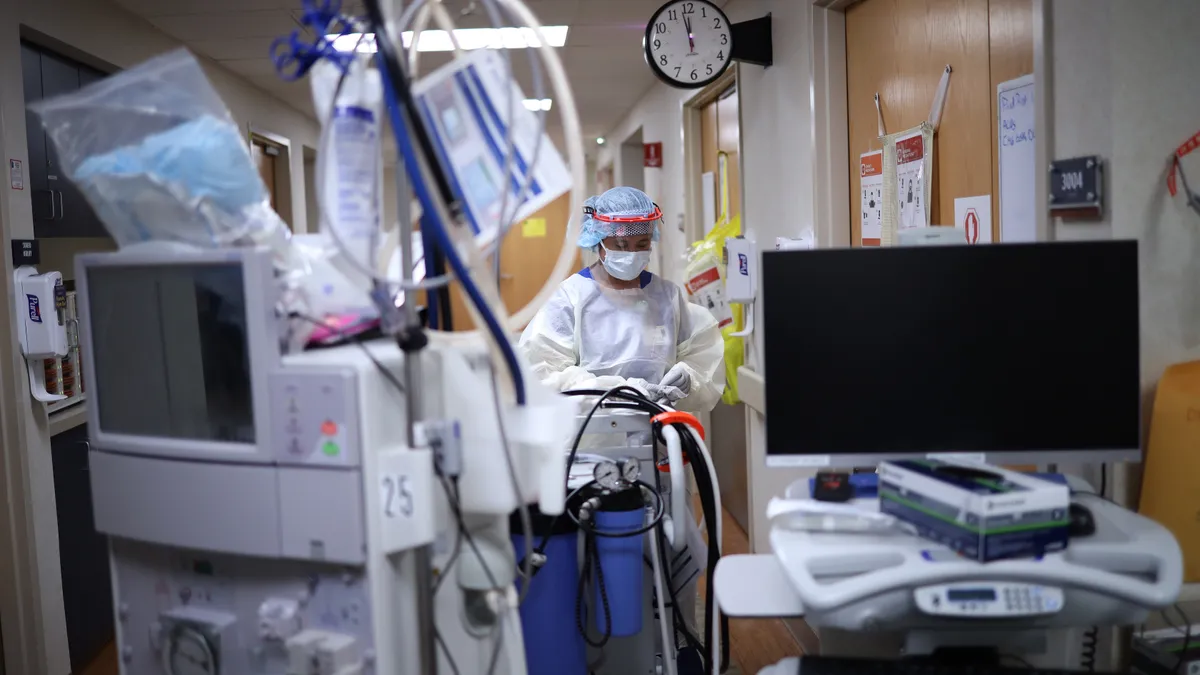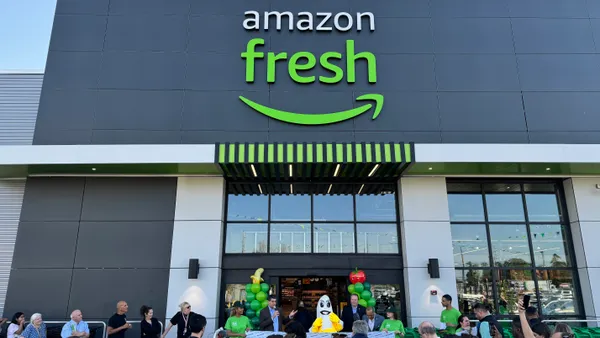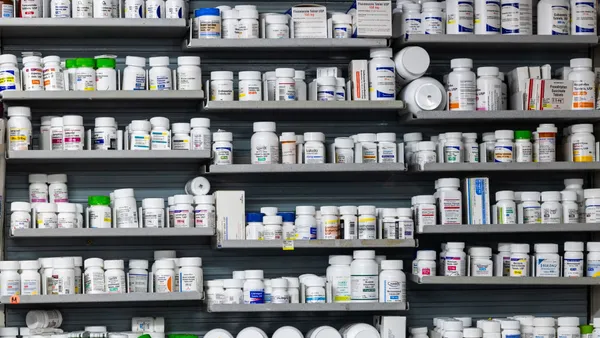Dive Brief:
- The average individual contribution to health savings accounts fell between 2019 and 2020, while average annual distributions fell to an "all-time low" last year, according to an Employee Benefit Research Institute report published this month.
- Both trends may have been driven by the pandemic in some way, EBRI said. HSA owners may have reduced contributions as unemployment increased last year, while the decline in both contributions and distributions may have been due to decreased use of healthcare services.
- HSA owners primarily appear to use their accounts to cover current expenses instead of making contributions in preparation for retirement healthcare expenses, EBRI said. The organization also noted that the average HSA contribution was less than half the maximum allowable contribution for family coverage.
Dive Insight:
Healthcare benefits have been an integral piece of employers' COVID-19 response, and they also may have factored into retention during the pandemic. A Gallup survey of U.S. workers conducted in March found 1 in 6 respondents said they were staying in a job they otherwise would have left because they did not want to lose their health benefits.
HSAs are playing a role, too. The federal Coronavirus Aid, Relief and Economic Security Act permitted high-deductible health plans with an HSA to cover a patient's telehealth services prior to a patient reaching his or her deductible.
That is notable given the extent of telehealth's growth during the past year; a survey by the Blue Cross Blue Shield Association found that virtual healthcare use grew 1.6 times since the summer of 2019, with more than half that growth occurring since the beginning of the pandemic. Business Group on Health research found more than half of surveyed employers included virtual care solutions as one of their top benefits priorities in 2021.
EBRI's findings on employee usage of HSAs is not necessarily novel, however. HSA administration firm Further found in a 2020 survey that while more than two-thirds of employers associated HSAs with saving behaviors, 65% of consumers used their HSAs as spending tools. Further stated that its findings indicated a disconnect between the two sides over how to best use HSAs.
As EBRI indicated, decreased HSA distributions may be connected to an overall decline in healthcare utilization last year. Preventative healthcare procedures took an especially hard hit during the early months of the pandemic, leading to concerns from benefits industry stakeholders that employees skipped out on routine procedures such as pap smears, colonoscopies and childhood vaccinations.













